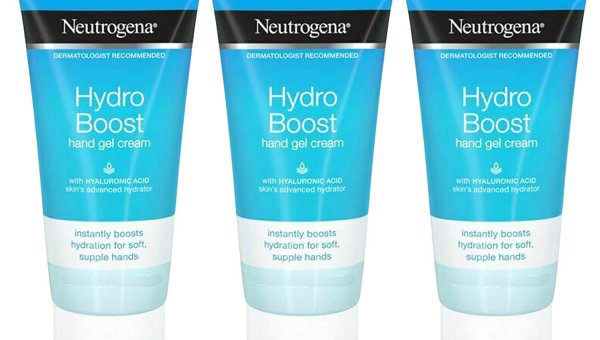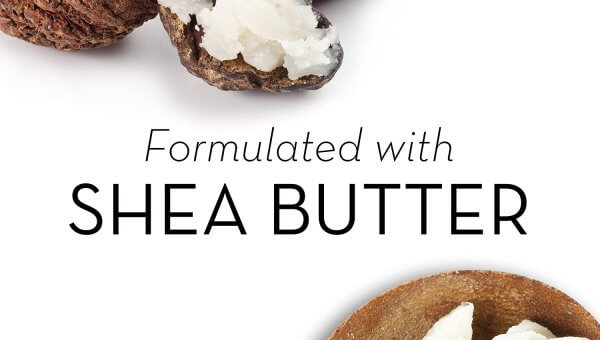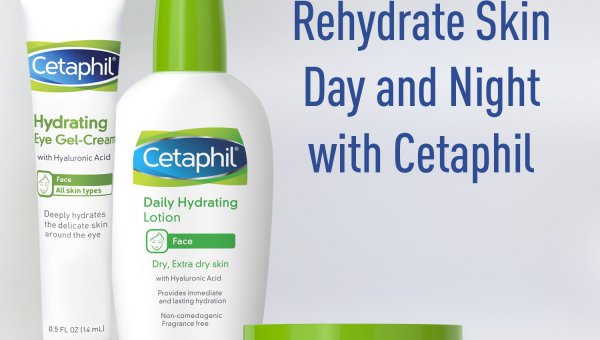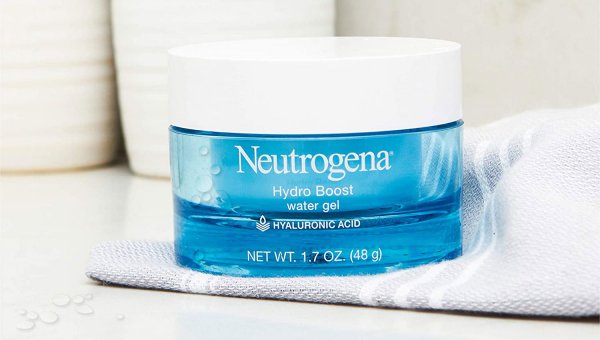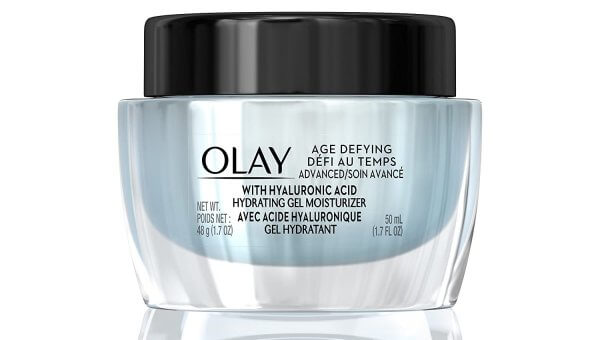Moisturizers
A moisturizer is an essential component of your daily skincare routine. After cleansing and toning, it’s the next step that you should never skip. Although you might think that moisturization is only necessary to relieve skin dryness, it does more than that. Moisturizers prevent skin from drying out in the first place. In addition, they can protect you from damage caused by the environment. Some contain ingredients that target specific concerns, such as acne or wrinkles. Whether your skin is normal or sensitive, oily or dry, there’s a moisturizer out there that will work best for you.
Skin moisturizers come in many different forms. The most common ones are lotions, oils and creams. Recently, however, personal care companies started creating lighter, less greasy gel moisturizers. Furthermore, there are special products for the face, the body, and even very precise areas like the lips and feet. There are hundreds of brands, not the least of which are Olay, Cetaphil, Neutrogena, Aveeno and CeraVe. Consumers are faced with a bewildering array of choices. So, before you purchase a product, it’s best to understand the basics first.
What are the Key Ingredients of a Moisturizer?
All reputable skincare or cosmetic products should have a complete list of ingredients on their packaging. To help you decode the technical terms in those lists, read on.
1. Water
Healthy skin is soft and pliable because of its water content. According to Harvard Medical School, the ideal water content is 20% to 35%—with 10% as the minimum. That level is maintained naturally by sebum. Sebum is a waxy compound produced by your sebaceous glands that lubricates, moisturizes and protects your skin and hair.
Nevertheless, sebum can’t totally stop water from constantly evaporating from the deeper layers of the skin. For this reason, the first item on any moisturizer’s ingredients list is water. In fact, the optimal method to resupply skin’s moisture is to soak the affected body part in water, and then cover or wrap it with plastic wrap. However, that’s messy and inconvenient. A more efficient way is to just use a moisturizer that contains water.
2. Occlusives
An occlusive is a substance that blocks the evaporation of water. One of the most effective occlusive agents is petrolatum or petroleum jelly; your grandparents probably know it as Vaseline. The problem is the texture can feel unpleasant for many people, especially in hot or humid weather. Still, the best agents for retaining moisture usually have a greasy consistency, such as lanolin, paraffin and mineral oil.
To replace traditional occlusives, some skincare companies use silicones—synthetic polymers such as dimethicone and cyclomethicone—in their moisturizers. Such products are considered “oil-free” because they don’t contain animal, vegetable or mineral fats.
3. Humectants
The Indian Journal of Dermatology defines humectants as hygroscopic materials. They absorb water into surface skin from two sources: the air and the deeper layers of your skin. In low humidity, though, almost all of the moisture is being pulled from the dermis and not the surrounding air. That’s one good reason why you should always drink plenty of water, to hydrate your skin from the inside out.
Some examples of humectants are glycerin, panthenol, sorbitol and urea. One of the oldest natural humectants is honey. Nowadays, many “ultra-hydrating” skincare products also list hyaluronic acid or its more potent variant sodium hyaluronate as their main humectant.
4. Emollients
The main purpose of an emollient is to make the skin feel smooth by filling in the gaps between skin cells. They can be oil-based or water-based. Oil-based emollients feel heavier and could leave a residue on the skin. In contrast, water-based ones are less greasy and “disappear” into the skin.
It’s a popular belief that alcohol is drying, so you might be surprised to see it in a moisturizer. But, ta few types of alcohol have emollient properties, such as octyldodecanol. Other examples of emollients are dimethicone and lanolin which function as occlusives as well.
5. Other Ingredients
Anti-aging is a trendy buzzword in the world of skincare. More and more people are now concerned about wrinkles, fine lines and age spots. Anti-aging products typically contain collagen and elastin—proteins that keep skin radiant and flexible. Nonetheless, a Mayo Clinic study points out that over-the-counter moisturizers may produce temporary results only. You will have more success with dermatologist-prescribed retinoids and peptides.
Antioxidants are another highly-sought add-on. Vitamin C (ascorbic acid) and niacinamide (related to vitamin B3) are two powerful antioxidants that protect the skin from free radicals and sun damage. They also help to reduce water loss, fight inflammation and improve elasticity. Other rich sources of antioxidants are green tea, olive oil and grape seed, so you might find them in your moisturizer, too.
Finally, moisturizers formulated for daytime use should have SPF to shield you from UV rays. UV exposure causes premature aging, sunburn and, in extreme cases, cancer. UV radiation can come from the sun or artificial sources like light bulbs. Therefore, staying indoors isn’t necessarily adequate protection. To protect your skin from the two types of harmful UV rays (UVA and UVB), the Mayo Clinic recommends a broad-spectrum SPF. Many moisturizing sunscreens have that, in SPF 15, SPF 30 or SPF 50 strength levels.
How Do You Choose the Right Moisturizer?
Now that you know what’s in a moisturizer, let’s see how your skin type, age and specific problems determine the best moisturizer for you.
1. Normal Skin
All normal skin, which is neither oily nor dry, needs is proper maintenance of its natural moisture balance. A light water-based moisturizer works well, but you might need the additional hydration of an oil-based product in arid environments.
4. Combination Skin
Many people who believe their skin type is normal actually have combination skin. This is characterized by an oily T-zone (forehead, chine and nose) and dry cheeks. There are many products especially formulated for combi skin, but you should conduct some testing on your own to figure out which ones address your needs the best.
2. Dry Skin
Dry skin feels tight and looks dull. It tends to be itchy, flaky and rough. To replenish skin’s moisture, choose a product that is rich in humectants. For extra dry skin, an occlusive such as petrolatum provides longer-lasting benefits.
5. Sensitive Skin
For sensitive skin that is predisposed to irritation, pick a gentle moisturizer that’s hypoallergenic and fragrance-free. Also, anti-inflammtory ingredients such as chamomile and oatmeal soothe itchiness and calm down redness.
3. Oily Skin
If your skin is oily, then it’s also prone to acne breakouts. Excessive oil production could lead to blocked pores that result in whiteheads, blackheads and pimples. Therefore, you should look for a moisturizer that is non-comedogenic. Avoid using heavy ingredients like petroleum jelly or oils.
6. Mature Skin
The term “mature skin” refers to skin that has lost its luminosity and elasticity. This normally occurs due to metabolic changes as you get older, but a stressful lifestyle could cause it, too. In addition, taking medication, smoking, lack of sleep and an unhealthy diet all take their toll on the skin. An anti-aging moisturizer can correct some of the damage if it has retinoids and alpha hydroxy acids. Antioxidants could also help to slow down the onset of mature skin.
What is the Correct Way to Use Moisturizer?
As long as you include skin moisturizers in your daily regimen and apply them consistently, you can be assured of healthy, youthful-looking skin. To keep you on the right path, here are a few tips:
- Wash your skin gently and thoroughly. Moisturizers work better on a clean canvass.
- Apply them on still-damp skin to trap water. This is especially important on areas that you frequently wash, like your hands.
- Use heavy creams and oils sparingly. Modern moisturizers provide sufficient hydration with lighter ingredients that will let your skin breathe. Apply thicker formulas on extra-dry skin only.
- Oily skin needs to be moisturized, too. Just because your skin is greasy and shiny all the time doesn’t mean you can skip the moisturizers. Oily skin could also get thirsty for water.
- Medicated creams first before moisturizers. Occlusive agents can prevent medicine from being absorbed into your skin. Also, it’s advisable to wait for 30 minutes in between to prevent adverse interactions between active ingredients.
Not all moisturizers live up to their hype, so do your research before you buy. If a product doesn’t deliver on its promise, don’t be afraid to experiment with others. Part of the fun of being addicted to skincare is the multitude of choices in the market. Being properly informed will help you choose the best moisturizer for you.
Types of Moisturizers
Gel Moisturizers
Healthy skin requires proper maintenance. A daily regimen of cleansing, toning, and moisturizing ensures that your skin stays strong and youthful. However, because of age ...
Read MoreAveeno Moisturizers
Aveeno was established in 1945 by two brothers who believed that nature holds the secrets to human health. Working with Mayo Clinic dermatologists, they centered ...
Read MoreCeraVe Moisturizers
There’s a skincare brand that has become a household name in a relatively short amount of time. What started in 2005 as just three items—a ...
Read MoreOlay Moisturizers
In the world of skincare, there is one name that has endured as a cutting-edge creator of high-quality products. The Olay company prides itself as ...
Read MoreCetaphil Moisturizers
Shopping for a skin moisturizer can be overwhelming because of the many options out in the market. Depending on your budget, the choices range from ...
Read MoreNeutrogena Moisturizers
Proper skincare is essential for healthy, radiant skin. A daily routine should include cleansing, toning, moisturizing, and applying sunscreen. For the skincare newbie, that seems ...
Read MoreBest Moisturizers for Dry Skin
Everyone experiences dry skin from time to time. It could happen on any part of the body—the hands, the legs or the face. The skin ...
Read More
